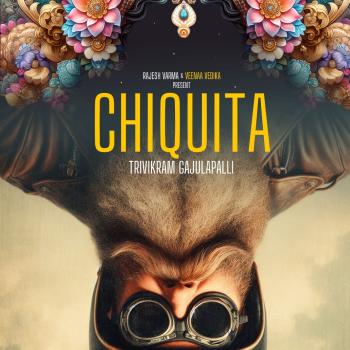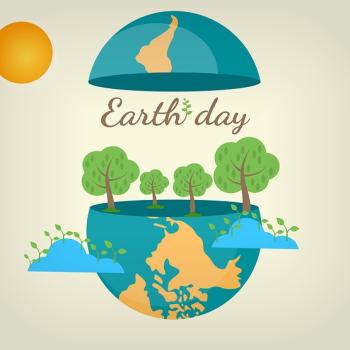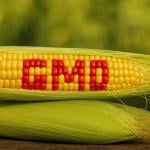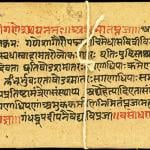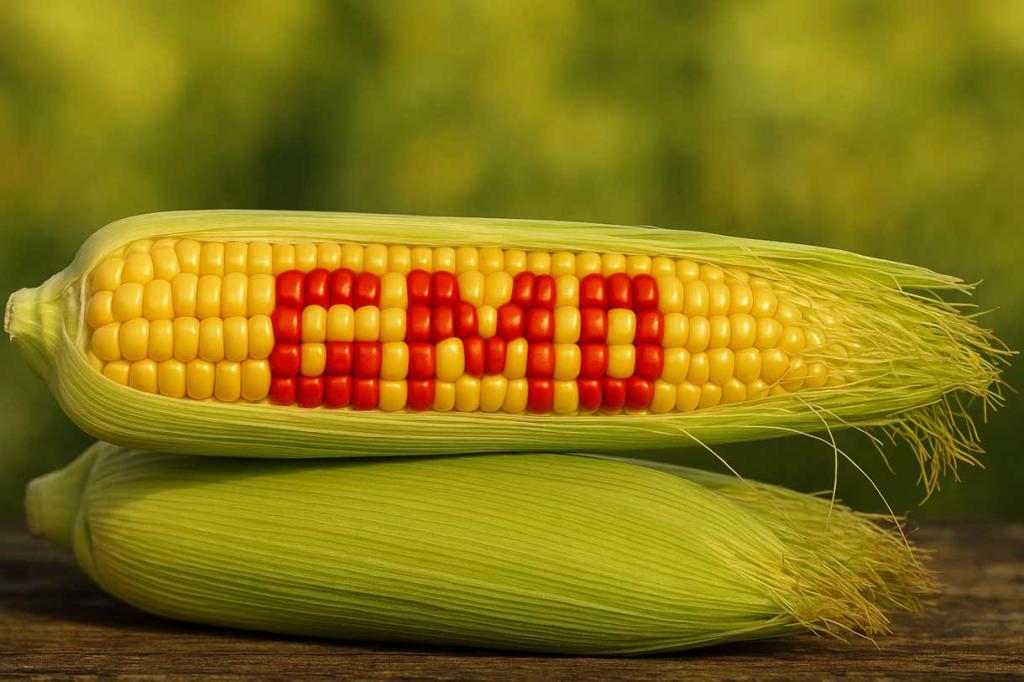
Background
They were like many other families; despite living a healthy lifestyle and making a point to exercise and ‘eat right’, they were constantly struggling with one condition after another. When Kathleen was faced with a severe health crisis, she became determined to figure out what was causing these conditions. Everything changed when she identified the secret ingredients that were keeping them in a perpetual state of illness – and once she eliminated them from their kitchen, the results were dramatic.
Kathleen’s experience is not uncommon.
The secret ingredients in our food may be the reason why so many life-style diseases are so common now.
Introduction
When we discuss the reasons for today’s health crisis, today’s life-style becomes the principal culprit. There is no denying that the life-style has to take the major blame. However, this only touches the surface and evades the right answers.
For such health epidemic, if I may be allowed to use this term, the reasons are many.
In this article, I would not go into such details and let you read about these ‘many reasons’ in another article which will be posted a little later.
Here, my focus is on Genetically Modified Organisms (GMOs).
What is Genetic Modification?
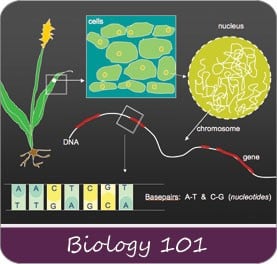
I am sure most people have heard of this term GMO.
It is the result of a laboratory process where genes from the Deoxyribonucleic Acid (DNA) of one species are extracted and artificially and forcefully inserted into the genes of an unrelated plant or animal. This process may be called either Genetic Engineering (GE) or Genetic Modification (GM); they are one and the same. The foreign genes may come from bacteria, viruses, insects, animals or even humans.
In nature, genes from one species to entirely different species usually do not go.
For example, some particular genes of a bacteria that occur in the soil viz. Bacillus Thuringiensis, which produce pesticide to kill certain kind of pests that attack, say corn plant, are removed from those bacteria and introduced in the DNA of corn, so that then onwards corn DNA starts producing pesticides to kill the pests. These corns are labelled as Bacillus Thuringiensis (BT) Corn.
However, there are a few catches here.
- Pesticide produced by naturally occurring bacteria in the soil is not toxic and there is no extra amount of the pesticide found on corn left behind.
- Pesticide production by BT Corn is round the clock, non-stop, and the production will likely continue even after you eat the corn and there is a likelihood of that the gene may be transferred to the good bacteria residing in our gut (popularly called as Bacterial Flora). This flora helps our digestion, produces certain vitamins, destroy the disease-producing bacteria when they enter our bodies and also are part of our immune function).
Every plant and animal is made of cells, each of which has a center called a nucleus. Inside every nucleus there are strings of DNA. Short sequences of DNA are called genes. Please see the illustration on this page. These genes operate in complex networks that are finely regulated to enable the processes of living organisms to happen in the right place and at the right time.
To make this explanation very simple, consider DNA as a users’ guide, like the one you get when you buy any electronic gadget, say a camera, and genes as pages in that book. Each page has a definite instruction or instructions on how to use your device.
Now, what if someone inserts in your guide, somewhere in-between, few pages from say a guide of iPad, would you be able to understand the instructions?
That is Genetic Modification (GM) for you.
Process
Let us see, how they force the genes from one species into another.
As living organisms have natural barriers to protect themselves against the introduction of DNA from a different species. Therefore, genetic engineers must force the DNA from one organism into another.
Their methods include:
- Using viruses or bacteria to “infect” animal or plant cells with the new DNA.
- Coating DNA onto tiny metal pellets, and firing it with a special gun into the cells.
- Injecting the new DNA into fertilized eggs with a very fine needle.
- Using electric shocks to create holes in the membrane covering sperm, and then forcing the new DNA into the sperm through these holes
The planting of GE crops on millions of hectares of land and their introduction into our food supply is a giant genetic experiment. As living, reproductive organisms, GMOs form a type of living pollution that can spread across vast areas creating environmental risks that are unprecedented and possibly irreversible. Some of the dangers include the loss of biodiversity, the development of super weeds and super pests leading to increased use of toxic pesticides, contamination of organic and conventional crops and harm to beneficial organisms.
Glyphosate is Hand in Glove with GE
Some of the GMOs are created as ‘Round-UP’ ready, which means the Round Up may kill the weeds but not the plants. This is interesting because, in the normal course, Round Up would devour all the green plants, the weeds as well as the main plant.
The irony is that apart from the health risks from the process of Genetic Modification, the use of glyphosate as weedicide has the potential to cause cancer as well.
The results published in the journal Environmental Health, only confirm the conclusions of the International Agency for Research on Cancer (IARC), which estimated in 2015 that the studies available at the time provided “sufficient evidence” of glyphosate’s carcinogenicity in animals.
A few years back, the World health Organization (WHO) expert panel reclassified glyphosate (Brand name Round Up) as ‘probably carcinogenic’ more than 40 years after it was brought to market, but the range of available evidence is sufficient to classify it ‘definitely carcinogenic’. Glyphosate’s carcinogenic potential has been known to Monsanto and the US EPA from long term animal experiments since the early 1980s but the charges were repeatedly dismissed. This has resulted in two decades of people and planet being poisoned by glyphosate herbicides on a misclassification of ‘noncarcinogenic’ that has allowed the manufacturer to claim it is ‘safe’ and perpetrating many other falsehoods to promote its ubiquitous and liberal use.
(http://www.i-sis.org.uk/Glyphosate_is_Carcinogenic.php)
Ingredients
Earlier, we were discussing about the secret ingredients.
Let us see what are they.
These ingredients are all extracted from GMOs.
Most of the GMOs are grown in 6 countries around the world such as USA, Argentina, Brazil, Canada, India and China.
In North America, there are four main GMO crops grown; Corn, Soy, Cotton and Canola, and few other minor crops such as Beet, Zucchini, Hawaiian Papaya, Canadian Flax Seeds, Alfa-Alfa etc.
The USA is the only country in the world where GM bovine growth hormone is administered to the cows to increase milk production.
And, even if this hormone is not administered, the cows are still fed GM corn and GM Soya in North America and GM cotton-seeds in India. Thus, most dairy products, namely milk, yogurt, cheese, butter, ghee in North America and India have GM trails.
However, the issue that should cause huge concern is that more than 10-15 ingredients are extracted out from corn and soy, and they have ubiquitous presence in almost two thirds of the processed food on the grocery shelves.
Some examples are:
Corn: High-Fructose Corn Syrup (HFCS), Corn oil, Corn flour, Corn gluten, Corn starch, Corn syrup, Cornmeal, Dextrose, Maltodextrin etc.
Soy: Soy oil, Soy flour, Soy protein, Soy isolates, Soy isoflavones, Soy lecithin, Vegetable proteins, Textured vegetable protein (TVP), Tofu, Tamari, and soy protein supplements.
On top of the above ingredients, you also have the following ones to be careful about, if you want to really avoid GMOs, especially in North America and India.
- Oils such as Corn, Soy, Canola and Cotton-seed
- The entire dairy as mentioned above
- Beet Sugar
- Canadian Flax-seeds
Are GMOs dangerous to your health?
In 2013, 75% of people polled by The New York Times expressed concern about GMOs, particularly the health risks. More and more research reveals you have good reason to be concerned.
The health risks associated with GM foods include the development of allergic reactions, unforeseen nutritional changes, creation of new and unheard-of toxins, likelihood of antibiotic resistance, loss of fertility as seen from various animal experiments and possibilities of developing completely new diseases as no long-term safety studies have been done by those who are introducing these GM foods in our food chains.
A peer-reviewed article, published November 7, 2017, in the International Journal of Human Nutrition and Functional Medicine, demonstrates that GMOs are likely taking a heavy toll on our health. And a survey of 3,256 people who avoided them reported astonishing improvements in 28 health conditions.
Some of the most common conditions are obesity, infertility, cancer, digestive problems, autism, brain fog, skin conditions, gluten sensitivity, allergies, fatigue, anxiety, and several others.
My take
In the end, the issue of GMOs is not merely commercial, scientific or political—it is deeply ethical and spiritual. From a Hindu perspective, tampering with the natural order disrupts the balance of Prakriti, the sacred harmony of creation sustained by Dharma (somewhat like religion). It was perhaps only in the 19th century that the global scientist community recognized that plants are complex organisms and capable of growth, reproduction and adaptation. However, the Hindu Vedas (scriptures) always explicitly stated that thousands of years earlier. Hindus have always referred to the crops as Annadevata (God of food). So, consuming the food with complete reverence is the way of living for Hindus. To honor that sacred exchange, our choices should reflect respect for the earth and for all living beings that share in its abundance.
Therefore, when humans manipulate life for profit rather than stewardship, we risk severing our connection to that divine balance. In this light, avoiding genetically modified foods becomes not only a matter of health—but of spiritual integrity.
So, whenever possible, try to consume either organic or non-GMO foods.
Organic is definitely not supposed to be GMO as per the information available on US-FDA website.
This is the non-GMO food for our thought.
Udit Shah
Email: [email protected]
14 Oct 2025







